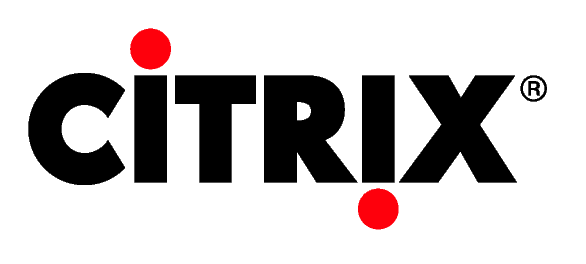Runaware TestDrive Architecture Overview
The TestDrive system brings together diverse industry-standard systems with ISV software and Runaware’s marketing services and systems to deliver a complete Software Marketing System that is designed to guide an ISVs prospect from first contact through completing a guided demonstration of the software.
At a high level, the TestDrive system can capture data on a prospective customer (or receive that data from the ISV if they do their own profiling) and then can deliver the user into an environment where they have the full application (or suite of applications) provisioned with relevant sample data. The user is presented with a Walk Through Guide that is targeted at their use case.
The system monitors usage and reports it back to the ISV, it provisions servers and user sessions ensuring that there is a TestDrive ready for any user.
Normal TestDrives are hosted in a Citrix XenApp environment, but some complex applications that require high level access or manage network and system resources are further isolated in a Virtual Machine.

Runaware Platform Architecture
The Runaware Platform at its core has a Management System that maintains knowledge of all components in the system and executes workflows to manipulate the environment as needed.
On the back end, the Systems Management module using Runaware Server Management Agents has knowledge of the state of all the system components so it can provision more resources if needed or notify support staff or any issues, routing traffic to alternate data centers in extreme cases.
All events are tracked in the Runaware Database, from server and session states to profiling data. The Data Warehouse extracts data from this main database in each data center for reporting to staff and customers.
Session Management is responsible for maintaining TestDrive sessions for users who may connect to the system at any time. The session manager creates sessions complete with a clean set of sample data and maintains a cache of sessions (the number depends on projected usage). When a user finishes a TestDrive, the session manager cleans up the session.
User Experience Management is responsible for collecting data on the user and connecting them to the correct session with the relevant Walk Through Guide. The UEM analyses the users local environment and selects the best Client Loader (currently these include HTML5, Flash, Java and ActiveX) for the user and their environment. This maximizes the probability of getting the user into a TestDrive.
The Customer CRM Connector delivers information on the TestDrive session directly into the ISVs CRM system so that the sales team will get the new lead as quickly as possible with all possible information that has been captured during the TestDrive process.
The Customer Portal gives customers a single place that they can go to and access information on their TestDrive, log tickets, modify aspects of their TestDrive and more.
